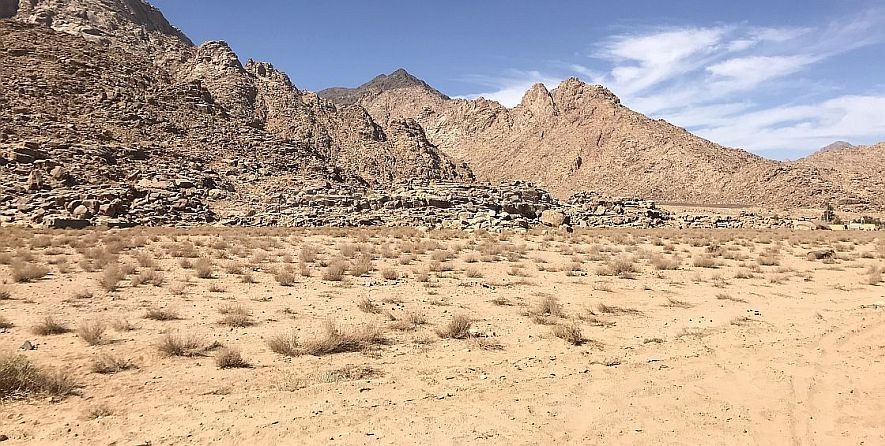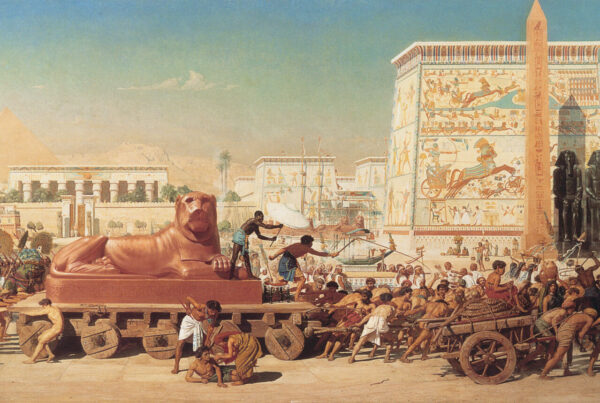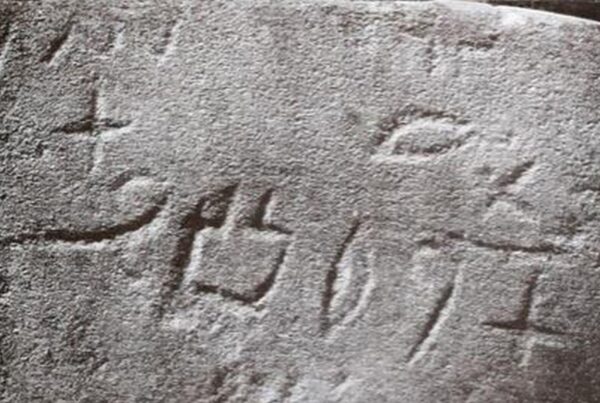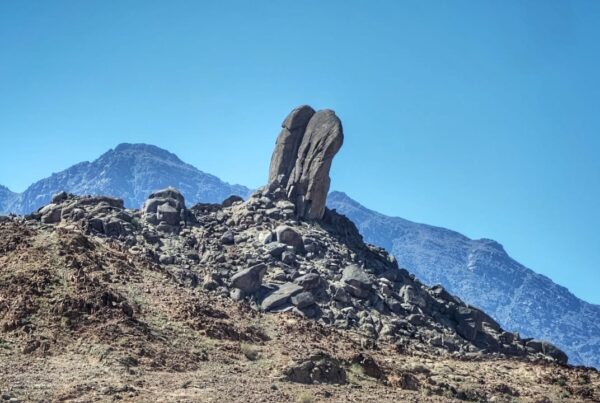Recent research focusing on the topography and unusual features near Jebel Makla suggests compelling, yet unexcavated, evidence potentially linking the site to the biblical Exodus. The area presents two major anomalies: an immense graveyard and large-scale water harvesting structures that seem disproportionate to the region’s historical population levels.
The Massive Potential Bronze Age Cemetery
Approximately four to four and a half miles north of what is believed to be Mount Si, researchers identified a massive, disturbed area resembling an ancient cemetery. This site is fenced and covers about 28 acres, equivalent to 21 football fields. It features standing stones and numerous man-made rock formations characteristic of graves, suggesting it is a potential Bronze Age cemetery (the general era of the Exodus).
The highly unusual aspect of this discovery is its size. Historically, large populations have not been known to inhabit this specific area of Jebel Makla; archaeological evidence of habitation is very limited. The existence of such a colossal graveyard in a sparsely populated region is difficult to explain through normal historical patterns.
One explanation connects the site directly to the Exodus narrative: the mass killing following the Golden Calf worship. The Bible states that the Levites were ordered to kill the violators, resulting in approximately 3,000 deaths, followed potentially by more deaths due to a plague. If the Exodus occurred here, a mass graveyard would have been required outside the encampment area, explaining the necessity of burying potentially thousands of people simultaneously in this otherwise empty location.
Anomalous Water Harvesting Structures
Water availability is critical, as the Israelites would have required significant amounts of water during their stay. The Bible mentions a stream coming out of the mountain and Moses forcing the people to drink the water mixed with the ground-up golden calf, possibly referencing standing water.
At the base of Jebel Makla, a ravine (stream bed) flows down and coalesces with other streams. There is a hollowed-out area where water could have ponded (potentially up to 12 feet deep) if the area was dammed in antiquity. Along this area, evidence suggests the construction of large dry wells or “seepoles,” known as tama in Arabic.
These documented structures—at least three of them—are unusually large, measuring around 17 to 18 feet in diameter. These seepoles were constructed, likely lined with rocks, to efficiently harvest water seepage and protect the water source, enabling many people or large herds of cattle to drink without damaging the wells. Researchers conclude that the scale of these multiple watering areas is “out of scale” for such an isolated region, making them a significant clue that something extraordinary, like the encampment during the Exodus, occurred here.




